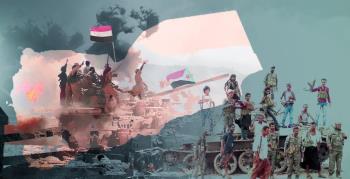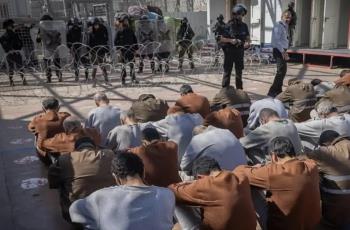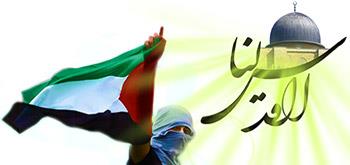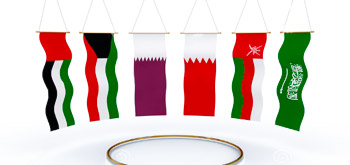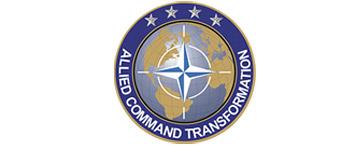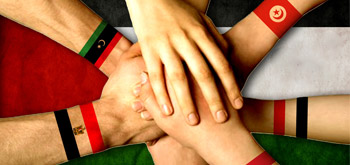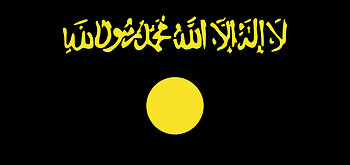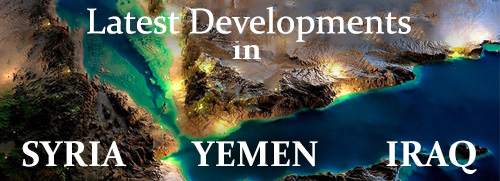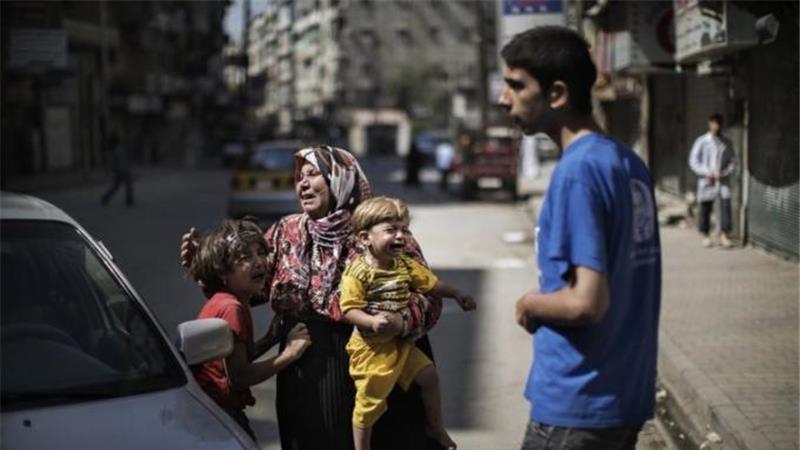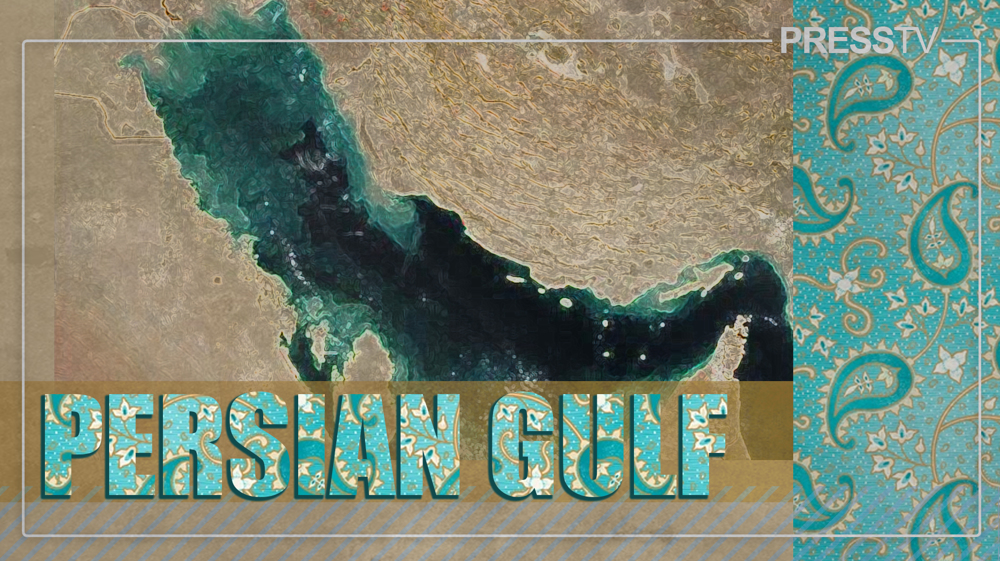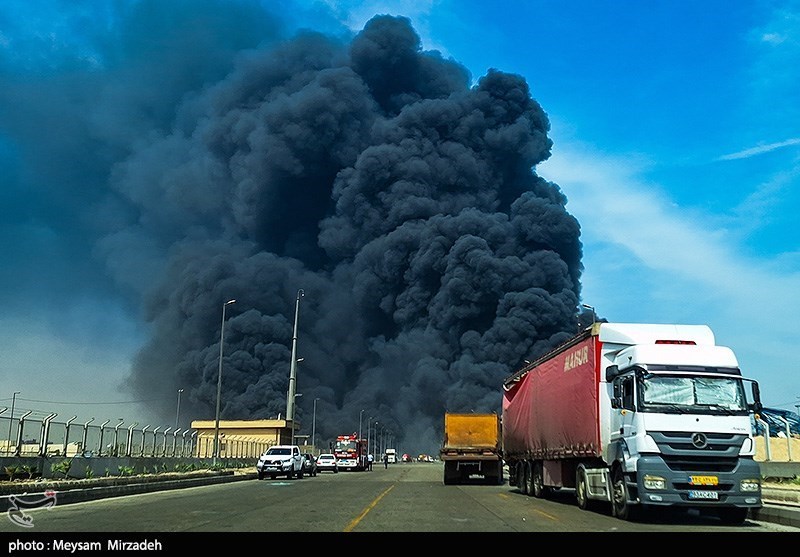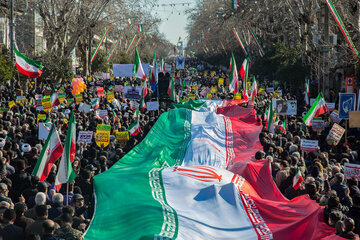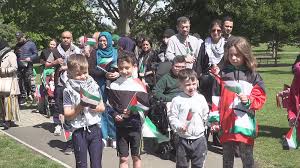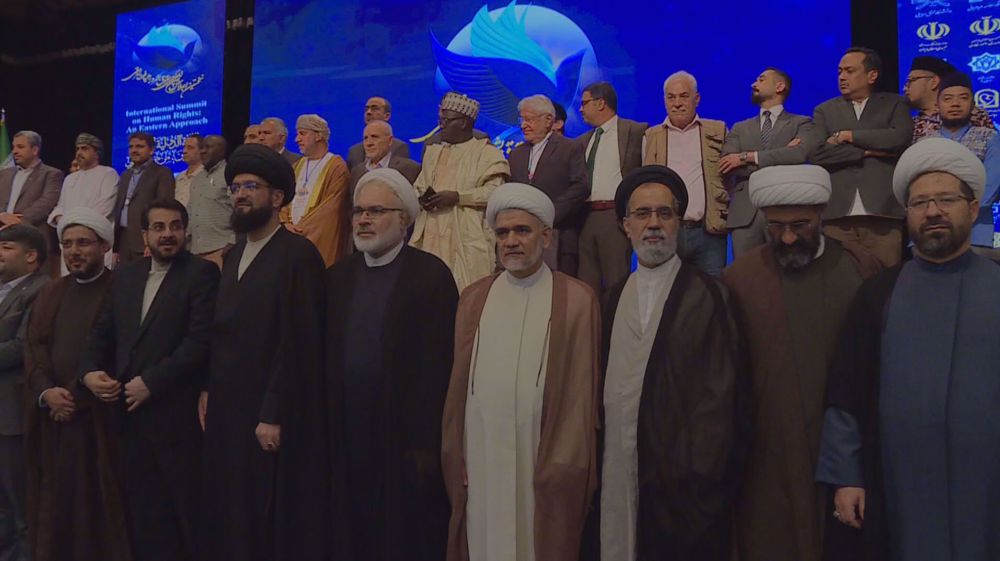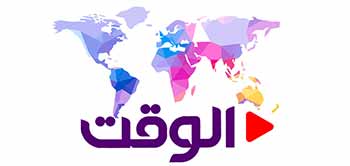Alwaght- The starved faces of children, the visible rib cages of men, and the grumbling sound of hunger in the Syrian town of Madaya have triggered humanitarian alarm and a wave of condemnation for the disaster—despite the fact that these images could not be verified. But while any starvation crisis is indeed formidable, Arab and western media are intentionally manipulating the predicament to spread politically-motivated propaganda by pointing the finger of blame at the Syrian army and Hezbollah—both of which are fighting ISIS terrorists and its likes in the area. The way the world has reacted to the story of Madaya is surprisingly fierce compared to other similar, if not worse, situations.
Why is Madaya any different?
When extremist militants kept Al-Fu'ah, Kefrya, Nubl and Al-Zahraa under siege, preventing humanitarian aid from reaching tens of thousands of innocent civilians, the world fell short of reacting on such a scale. Even western and Arab media gave little if any attention to these villages because-- at the time-- terrorists were the ones besieging the towns. Some still are.
This time, the terrorists are inside the town and it’s the government and Hezbollah fighters who are surrounding it as part of an offensive to end militant activities in the region. This provided an opportunity for countries seeking to topple President Bashar Assad to distort the image of the government and demonize the side that is fighting groups such as-Nusra Front, ISIS and Ahrar Asham -- who are occupying Madaya-- using innocent people as decoy.
UN Under-Secretary-General for Humanitarian Affairs and Emergency Relief Coordinator, Stephen O'Brien said last October that humanitarian operations begun under the framework of a ceasefire agreement affecting several cities and towns.
According to reports, this allowed 31 trucks to deliver medical and humanitarian supplies on October 18th, simultaneously to 29,500 people in Madaya, as well as Zabadani, Foah and Kefraya. In the Damascus countryside, the UN said 21 trucks entered Madaya and Bquine.
On January 11th, Madaya and Kefraya received another batch of humanitarian aid. Emphasizing on the exact same duration between the two deliveries, the world has failed to give Kefraya the same attention as Madaya, clearly for political reasons.
What is the role of the media?
News outlets such as the BBC, Al-Jazeera and Al-Arabiya have accused Syria and Hezbollah of blocking food and medical delivery to the Madaya housing complex. Yet with a long history of purposefully misattributing crimes to Damascus and the resistance as part of a foreign-backed agenda, their word cannot be taken for the truth.
The BBC used footage from Yarmouk 2014 and described the boy in the video, who had features of malnutrition, as being in Madaya just after the October food delivery by the Red Cross.
Al-Jazeera Arabic, meanwhile, used the picture of a homeless man in a western country claiming it was from Madaya in a bid to sway public opinion. Many others also used this tactic of misattributing photographs of famished people to Madaya.
Their aim is clear: to make Damascus and Hezbollah look as the bad guys in the conflict.
Why aren’t terrorists blamed?
Another question pertaining to the Madaya issue in particular, and the Syria crisis in general is: why aren’t the terrorists pressured in to accepting a nation-wide ceasefire to alleviate the pains inflicted on the Syrian people? And more importantly, why haven’t there been attempts to disarm terrorist groups or halt their armament-- at the very least--to avoid bloodshed?
The answer is simple. It’s because the countries that are funding them don’t want them to stop. When they unleashed the monster from its cage, the plotters behind the crisis ordered it to attack relentlessly. Backing out now is not an option.
Why are Damascus and Hezbollah under fire?
Unlike the BBC, RT is actually reporting from Madaya. The team witnessed the delivery of aid under an agreement between the government and the UN. Local residents said militants confiscated humanitarian aid and sold them at inflated prices.
This is an echo of what Popular Syrian resistance forces and Damascus have been saying.
“Humanitarian aid is in the grip of terrorist groups and are maintained in affiliated stores in the center of the city. They also sell this aid to non-militants who have financial ability and purchasing power.”
The Syrian foreign ministry had also said that terrorists blocked the aid from reaching civilians. Damascus is still being blamed despite evidence that suggest otherwise. Again, this strategy falls under the umbrella of defaming authorities in Syria.
Religiously, morally, and humanitarianly, depriving innocent people of food and starving them to death is unacceptable. Syria and its allies are trying to save people from the mass deaths they have encountered during the past five years and not to push them off the edge as some have been suggesting. For this reason, Syria has been calling for help in its fight against the face of terrorism. However, instead of heeding its calls, many are taking advantage of the situation in a bid to redraw the regional map.

